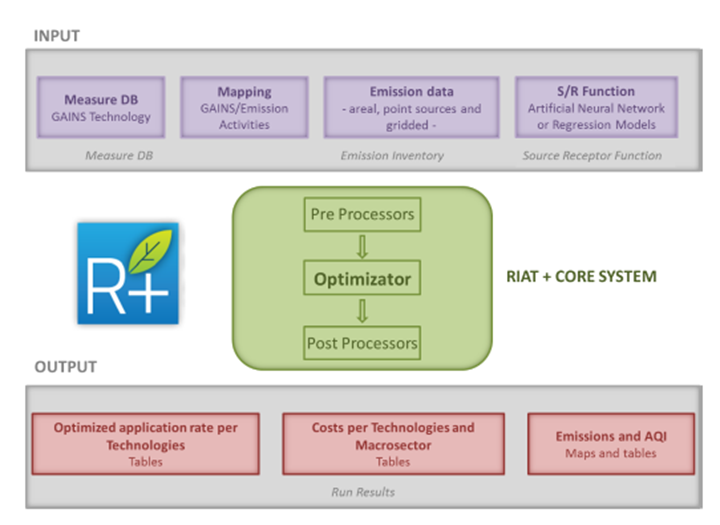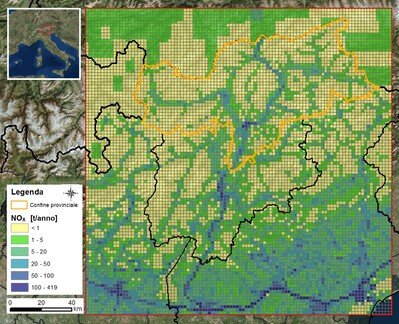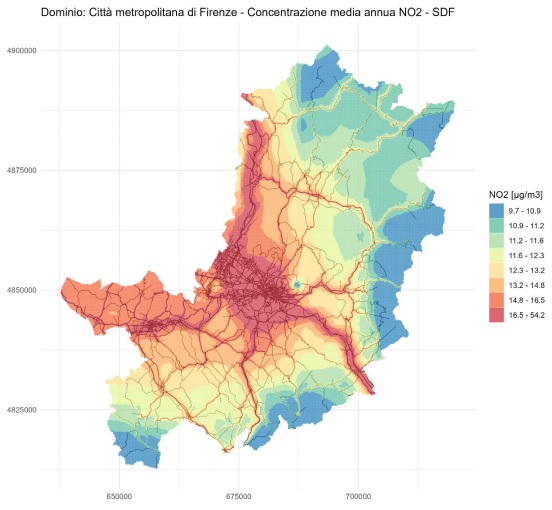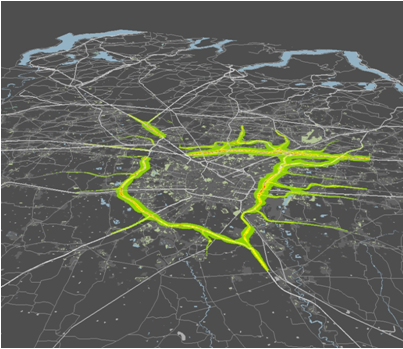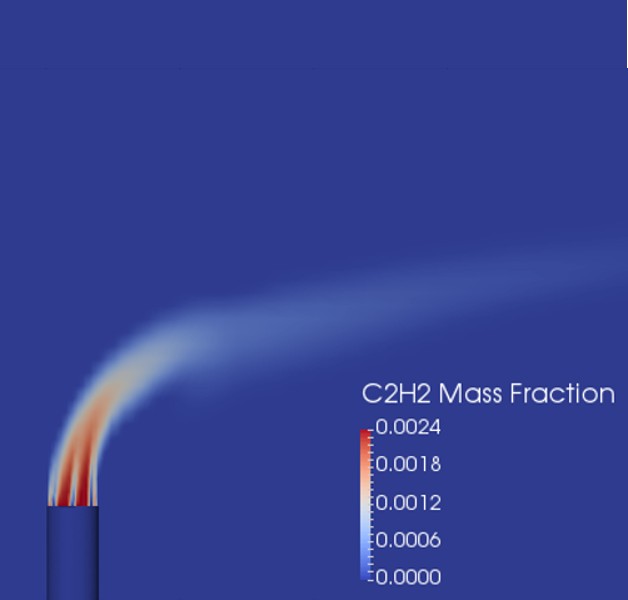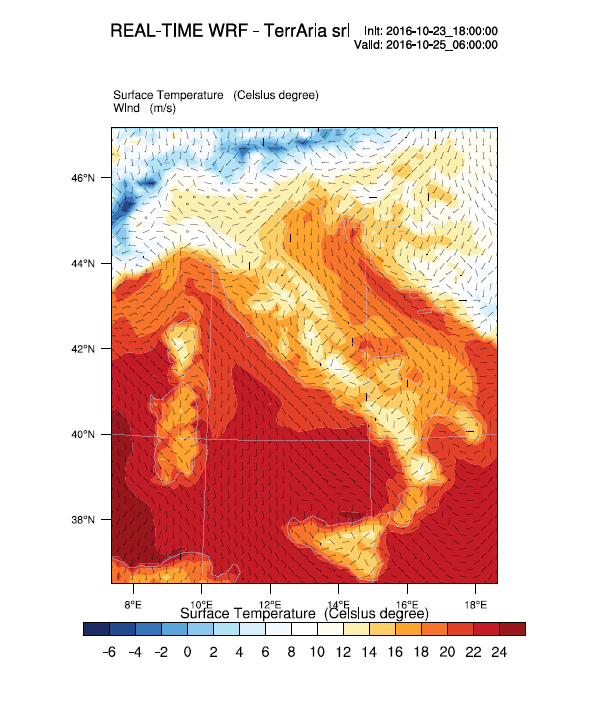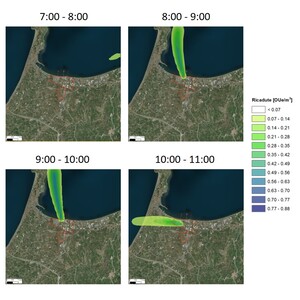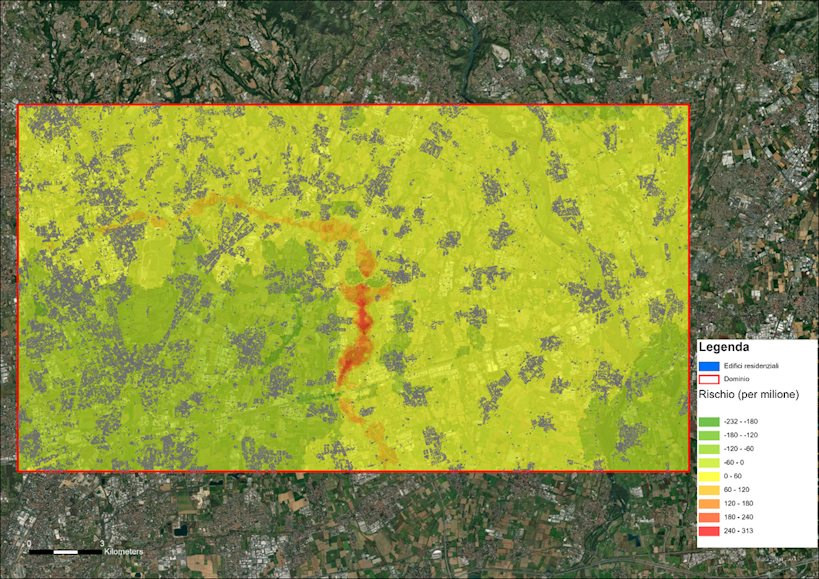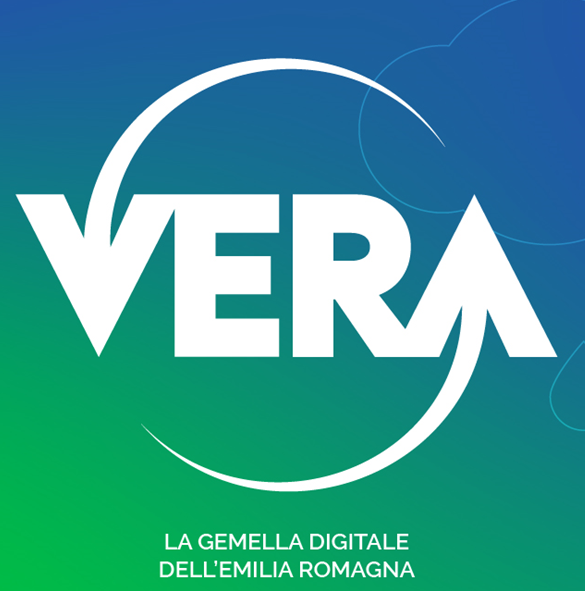The estimation of environmental impacts in terms of air quality allows to assist policy makers, both at the industrial and institutional level, in the definition of policies to reduce, mitigate and compensate air pollution, at different spatial scales (regional, local, urban).
TerrAria’s ability to study environmental reality, through data analysis and processing, and especially through its modeling approach, allows it to address different specialized and multidisciplinary issues, always alert to new connections.
Our expertise matured in the field of air quality is evidenced by many studies, in Italy and abroad, concerning construction sites, oil platforms, vehicular traffic, industrial flares, livestock farms, industrial plants (refineries, chemical plants, thermoelectric power plants, compressor stations, incinerators, cogeneration plants for biogas and biomass production, painting and food production plants) and European projects.
TerrAria, depending on the application and the detail required, conducts air quality impact assessments using the main models of pollutant dispersion in the atmosphere that are an international reference and are recognized by the U.S. EPA (United States Environmental Protection Agency), as part of, for example, Environmental Impact Assessment (EIA) and Integrated Environmental Authorization (IEA) procedures for the installation of new plants, functional and emission modification of existing plants and construction of new road infrastructure, respectively, and for the authorization to operate certain plants.
TerrAria also engages in Integrated Environmental and Health Impact Assessment or Health Damage Assessment, providing quantitative estimation of the risk due to exposure to toxic and/or carcinogenic substances and the consequences on human health.
Recent works include, for example, the assessment of air quality, climate and human health impacts related to the EIA of the “Dalmine – Como – Varese – Valico del Gaggiolo Motorway Link and related works” related to the approved “Variante Tratta D” project and the EIA of the “A4-A52 interconnection branch upgrading between A4 dir. Turin and A52 dir. Rho and Monza S. Alessandro interchange – Work related to Olympics 2026.”
TerrAria is dedicated to the estimation of environmental impacts in terms of air quality, investigating aspects of air quality at different spatial scales through the use of existing models at regional (CAMx and WRF-CHEM), local (CALPUFF, CALINE AND COPERT models) and micro (CFD models) scales, as well as the development of models and software, including the UTAQ model at the urban level. Reconstruction of the meteorological field as input to air quality models is carried out using the WRF, CALMET and MICROMETEO meteorological models. In addition to air quality, TerrAria also deals with odor impact assessment.
The modeling team, in addition to using already available models, develops ad hoc models (UTAQ) and software (RIAT+), and also builds decision support models (VERA) in order to support decision makers and engineers in assessing the current and forecasted state of air quality, possible alternative scenarios characterized by the introduction of policies (“what if” logic), e.g., on vehicular traffic, and to identify the optimal emission reduction measures to improve air quality at minimum cost.

 Governance and Energy-Environmental Models
Governance and Energy-Environmental Models